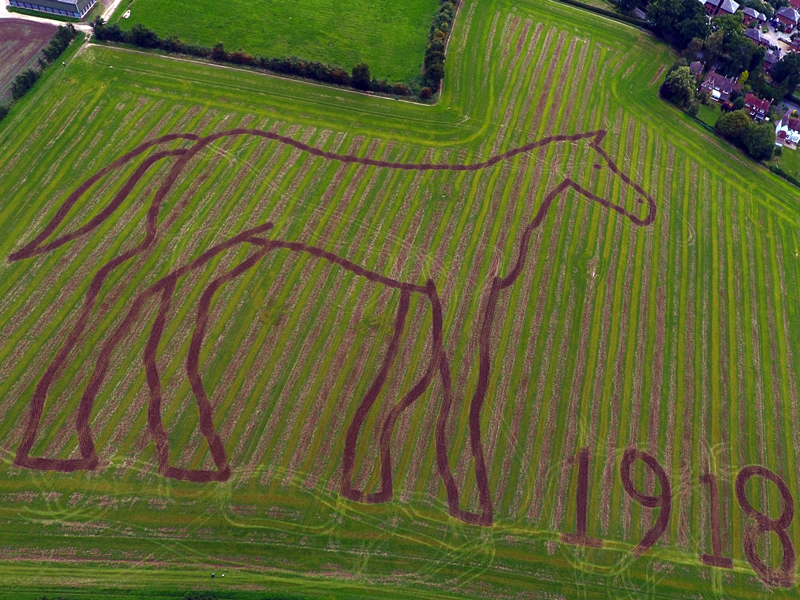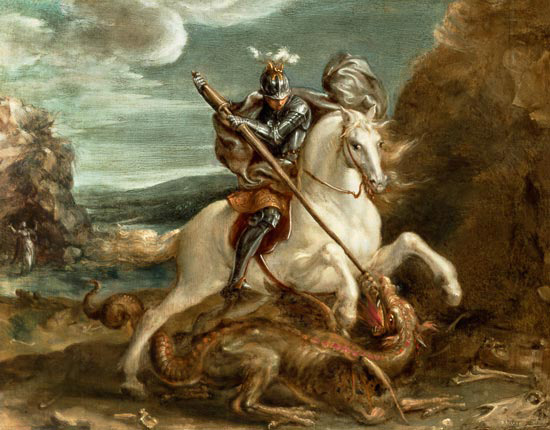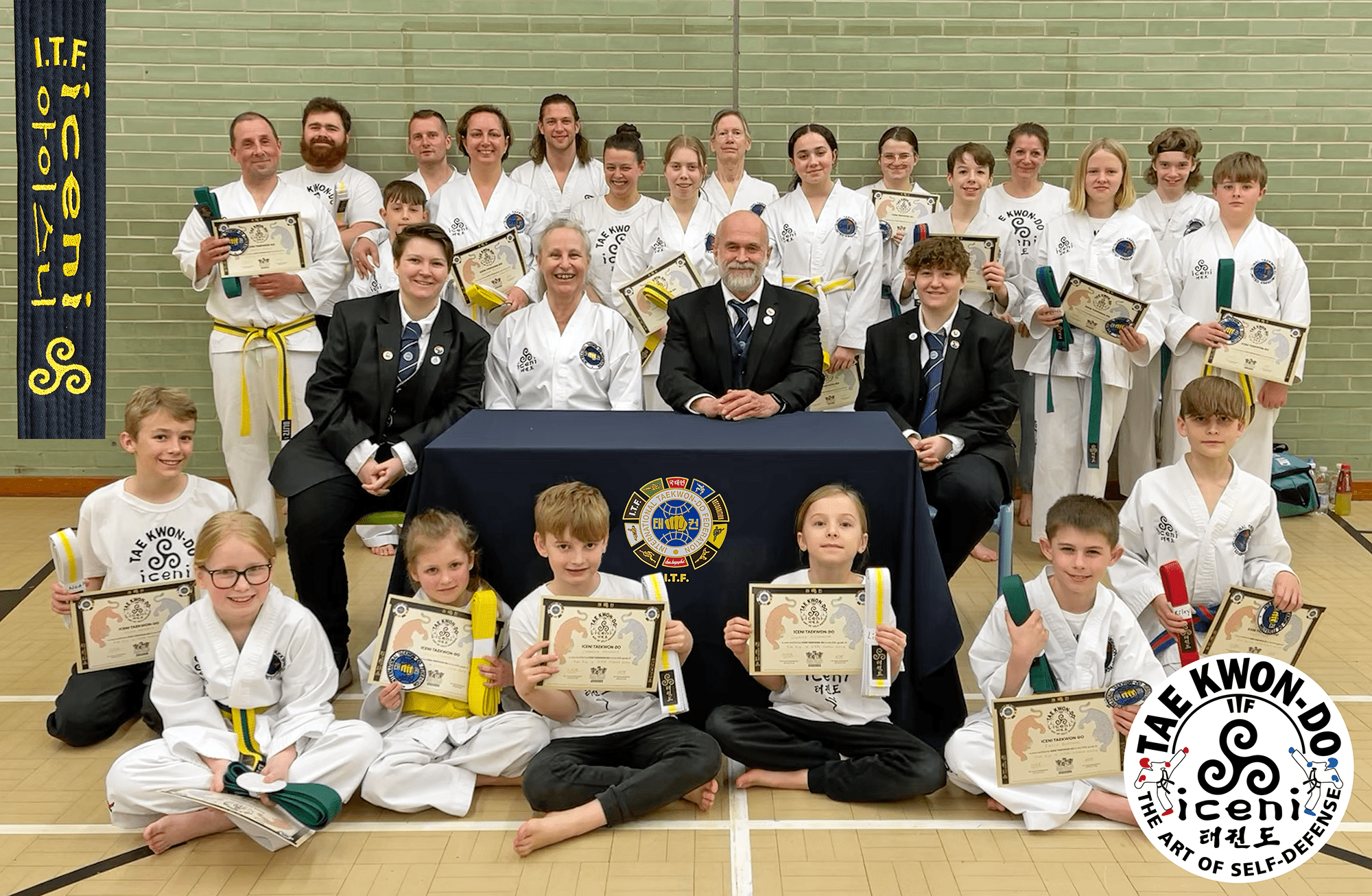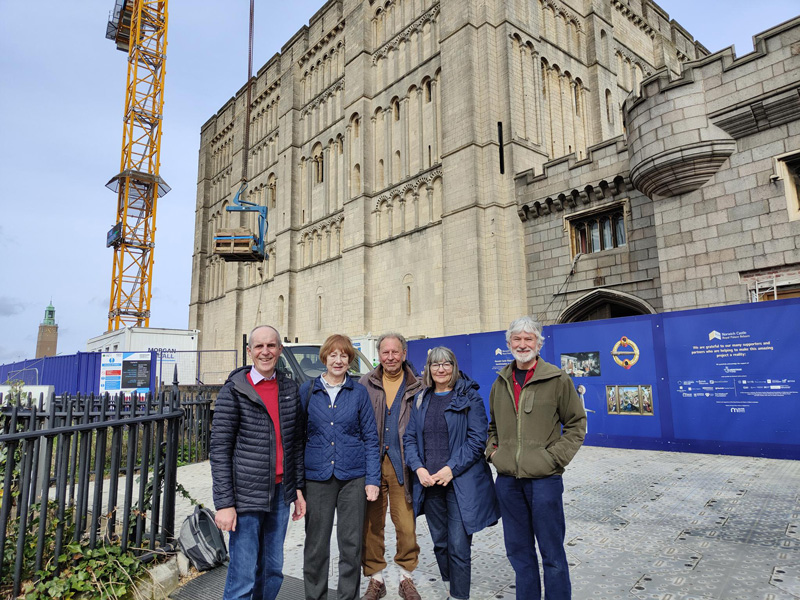>November Events / Events in Norfolk and Suffolk / Then & Now / Tourist Attractions Norfolk and Suffolk / Waveney Valley November 11, 2018

As the centenary of the end of the First World War approaches the role that animals played in the conflict has been thrown into the spotlight thanks to an ambitious piece of land art.
The image of a horse, spanning more than 200 metres, has appeared in a secluded field in East Anglia.
The stunning sight was etched into a field in Eye, near Diss.
The artwork is the most recent collaboration between Eye residents Carlo Roberts and Stefan Fulcher who have previously etched a B-17 bomber, a poppy and the Olympic rings into surrounding fields.
Mr Roberts, who has a background in community art, said: “The Land Art is to commemorate the contribution that horses made to the First World War and has been done in light of the centenary commemorations.”
During the First World War horses were used to perform cavalry roles and were vital for moving supplies, equipment, guns and ammunition.
When the First World War broke out in 1914, the Army had only 25,000 horses at its disposal. By the end of the conflict, it had purchased over 460,000 horses and mules from across Britain and Ireland, and even more from overseas.
Mr Roberts’ and Mr Fulcher’s first foray into the art form saw a set of Olympic rings drawn into the earth in 2012, followed by a remembrance poppy in 2014, a B-17 bomber in 2015 and an electric car in 2016.
This most recent etching was given the green light by landowner Tom Baldwin.
Mr Roberts used satellite maps to produce a scale drawing of the outline before heading out into the field.
After marking out a base line, they scaled up the original drawing using a surveyor’s instrument to measure the angles from the base line setting out reference points for the tractor driver to follow.
The outline was then ready to plough in using a set of discs ordinarily used to break up and cultivate top soil.
Mr Roberts said: ““I’m interested in art that relates to views from above. Ever since I did an artdegree as a mature student I’ve been obsessed with aerial views.
“This project would not have happened without Stefan and Tom.“I’m just amazed and feel very privileged that I can do it.
“The thing we are always up against is fitting it in with the agricultural calendar and when thetractors are free.”
The artists are already working on plans for a future large-scale artwork.








